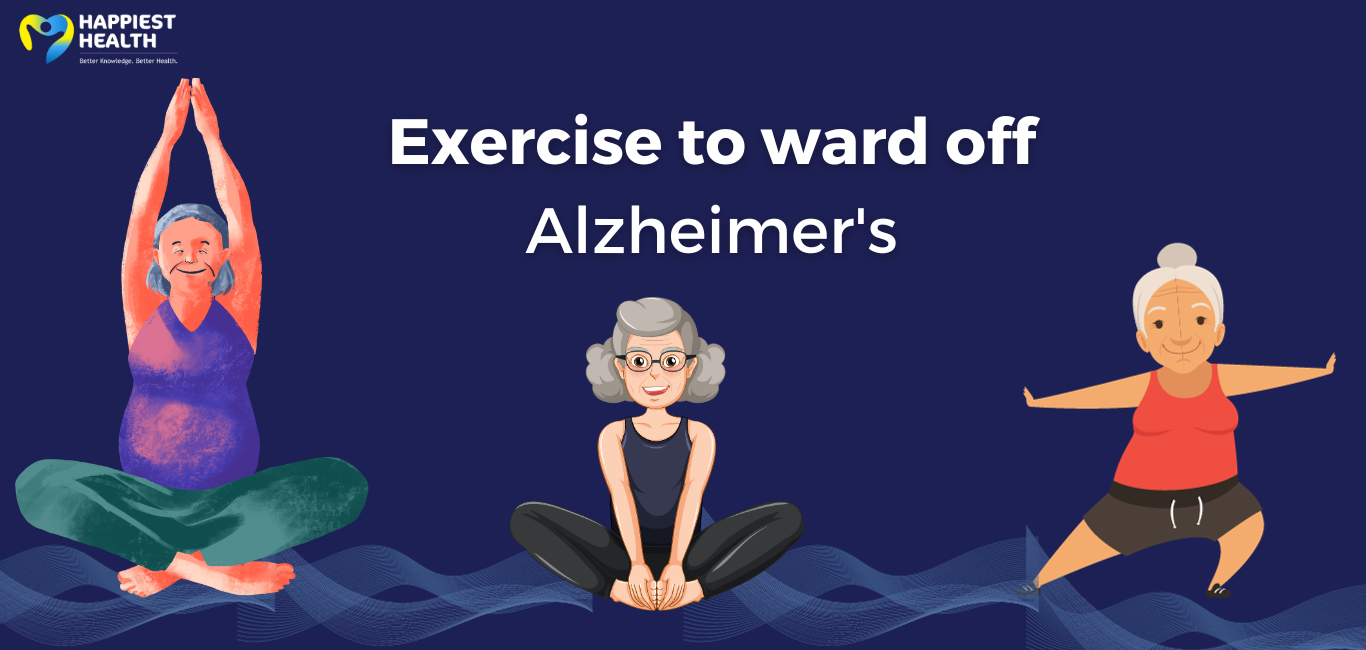
Several studies are establishing the finding – that regular daily exercise benefits the brain and reduces the risk of neurogenerative conditions like Alzheimer’s.
In another step in this direction, researchers from the Massachusetts General Hospital, USA, have identified how irisin, a hormone produced by muscles, influences the release of a brain enzyme that clears plaques.
Specifically, they show that exercise promotes irisin — which clears brain plaques and helps in slowing the progression of Alzheimer’s.
The study’s lead author, Se Hoon Choi, says, “First, we found that irisin treatment led to a remarkable reduction of amyloid beta pathology [in mice and cultured human cells]. Second, we showed [that] this effect of irisin was attributable to increased activity of neprilysin secreted from [astrocyte] cells in the brain.”
Irisin hormone
In an earlier study, Dr Hoon Choi’s team had found that irisin could be a potential therapeutic target for Alzheimer’s. The current research unravels how irisin acts on astrocytes and clears amyloid beta plaques, thereby reducing the symptoms of Alzheimer’s.
Irisin hormone is released by muscles that are primarily responsible for generating energy. It promotes the transformation of the fat-storing tissues in the body – the white adipose – into brown adipose tissues. Brown adipose, another fat tissue, burns to provide heat and, in turn, energy to the body. Thus, irisin triggers creation of more energy to support various bodily functions.
How irisin acts on plaques
To understand the mechanism of how irisin reduces plaques in the brain, the researchers used a computer model and advanced imaging techniques in their study. They identified the hormone’s interaction with other components of the cells in the brain.
They found that when the level of irisin increases, it prods protector cells in the brain called astrocytes. These are star-shaped cells that aid in clearing the waste and in supporting and protecting neurons.
When astrocytes are activated, they produce an enzyme called neprilysin. This enzyme breaks down the beta-amyloid in the brain.
“Our findings indicate that irisin is a major mediator of exercise-induced increases in neprilysin levels leading to reduced amyloid beta burden, suggesting a new target pathway for therapies aimed at the prevention and treatment of Alzheimer’s disease,” says Rudolph Tanzi, a senior author of the study, in the statement.
The findings of this study could help scientists develop improved therapeutic targets for Alzheimer’s. The study also emphasises the importance of exercise in delaying the onset or progression of neurodegenerative conditions.

















